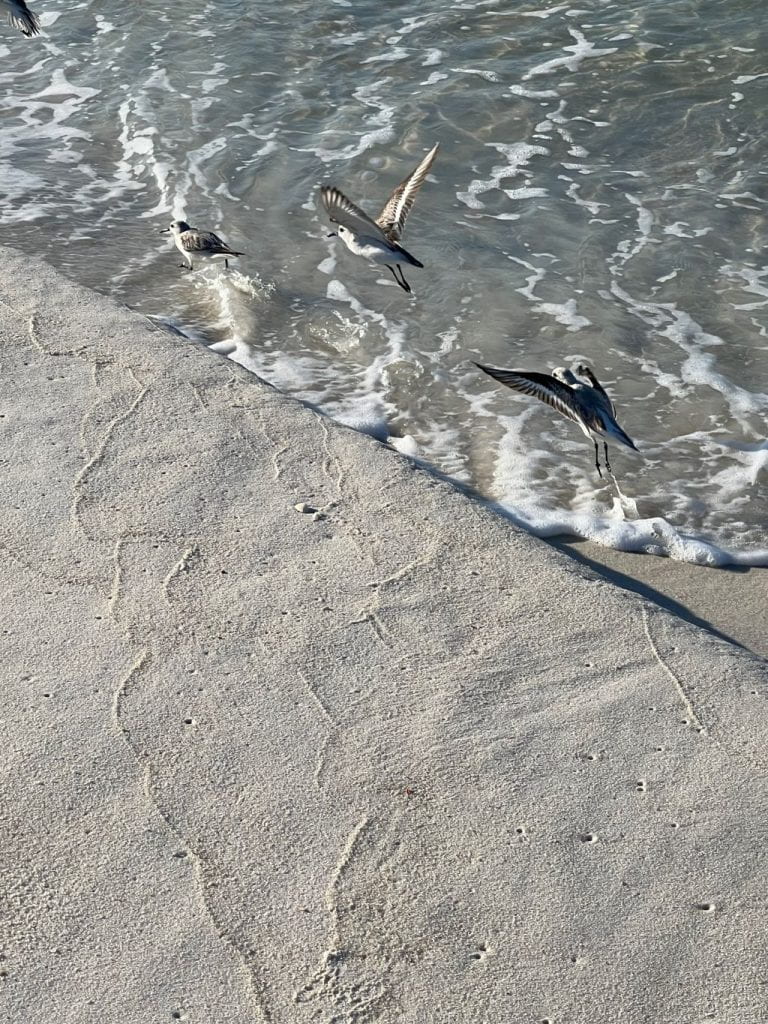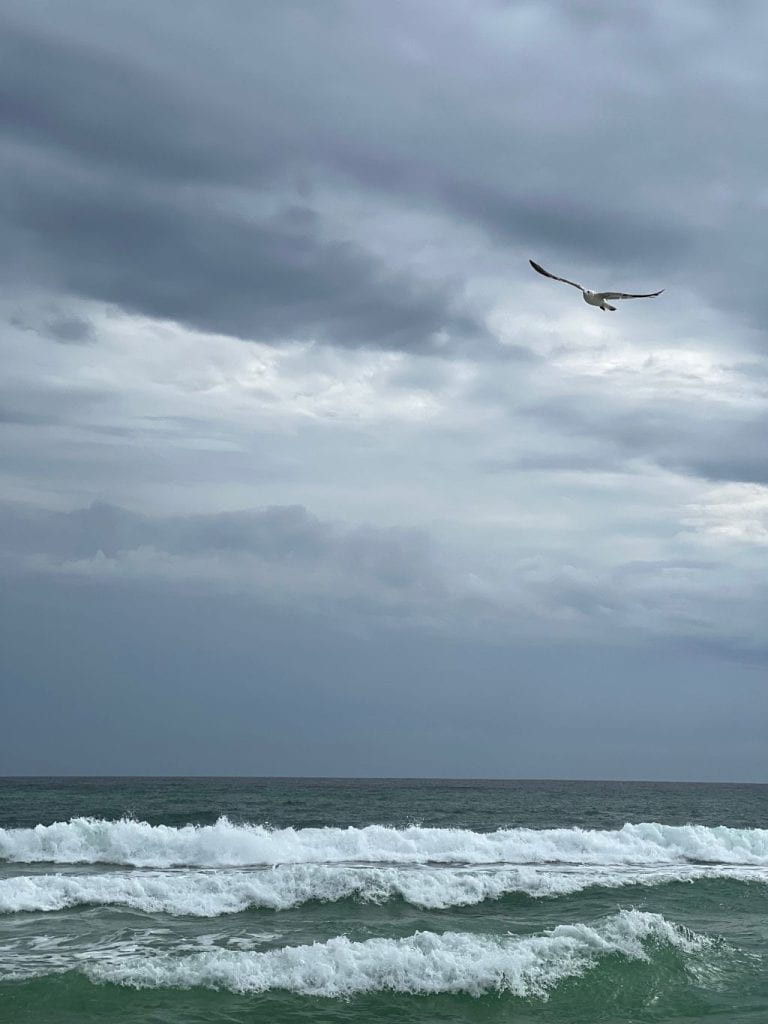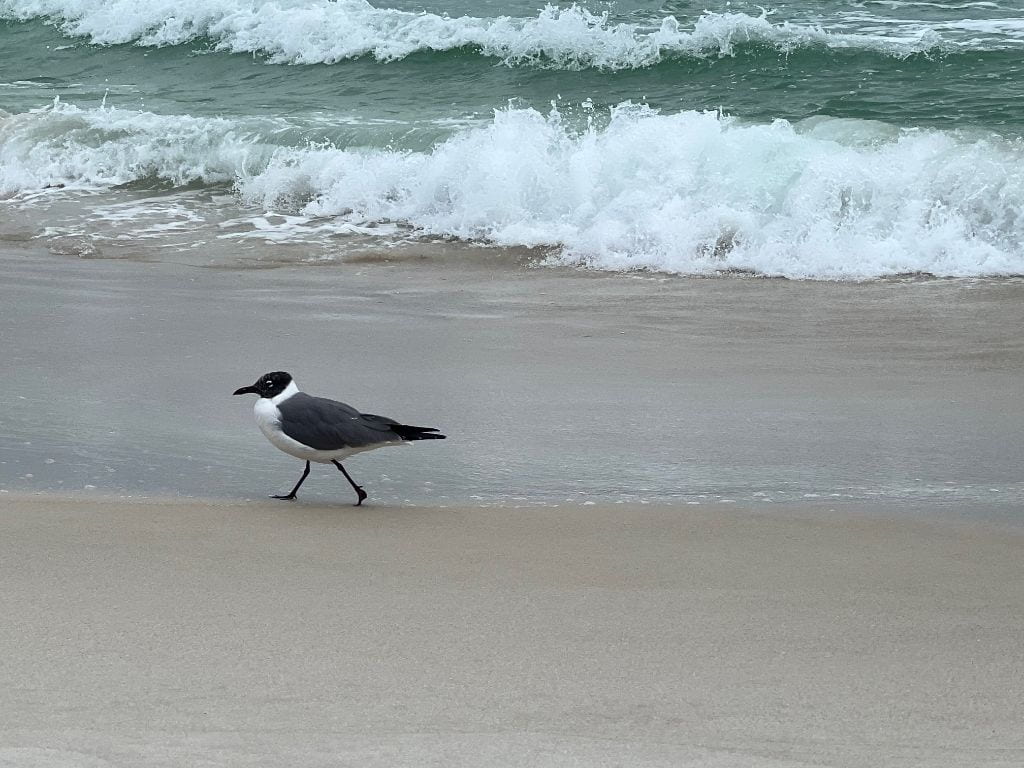Seagulls – Friend or Foe?
Before you visit the beach, learn about seagulls. If you are an educator, seabirds are a great addition to an ocean unit too.
A Few facts about Seagulls:
- There are over 50 species of seagulls, and they make their home on every continent. The average life span in the wild is twelve years, but some live much longer.
- Seagulls are omnivores and opportunistic feeders or scavengers (natural garbage collectors). This intelligent bird can also drink fresh or salt water. They have an impressive sense of smell and sight which aids in their location of food.
- Although many seagulls live near coastal areas, they are adaptable and can be found inland. It is not uncommon to see seagulls at landfills or in cities. A group of seagulls is called a colony and they are social animals.
- These birds mate for life and care for their chicks as a team. The female usually lays three speckled eggs.
- Seagull droppings (guano) are used for fertilizer because they contain nitrogen, phosphate, and potassium which are essential for thriving plants.
Click here to view full screen.
Many beach visitors can attest that seagulls are aggressive when it comes to finding food which is the theme of the next two videos.
Click here to view full screen.
Click here to view full screen.
Not everyone is a fan of seagulls! Sailors believe they are good luck, but others call them rats of the ocean. Use this difference of opinion as an opportunity to write the pros and cons of seagulls inhabiting an area.
Craft a simple paper plate seagull. After studying the body parts (shape, size, and color), task children to draw, cut out, and attach the gull’s legs, bill, and eyes. How can you design the bill to open and its feet to appear as if the gull is standing?




